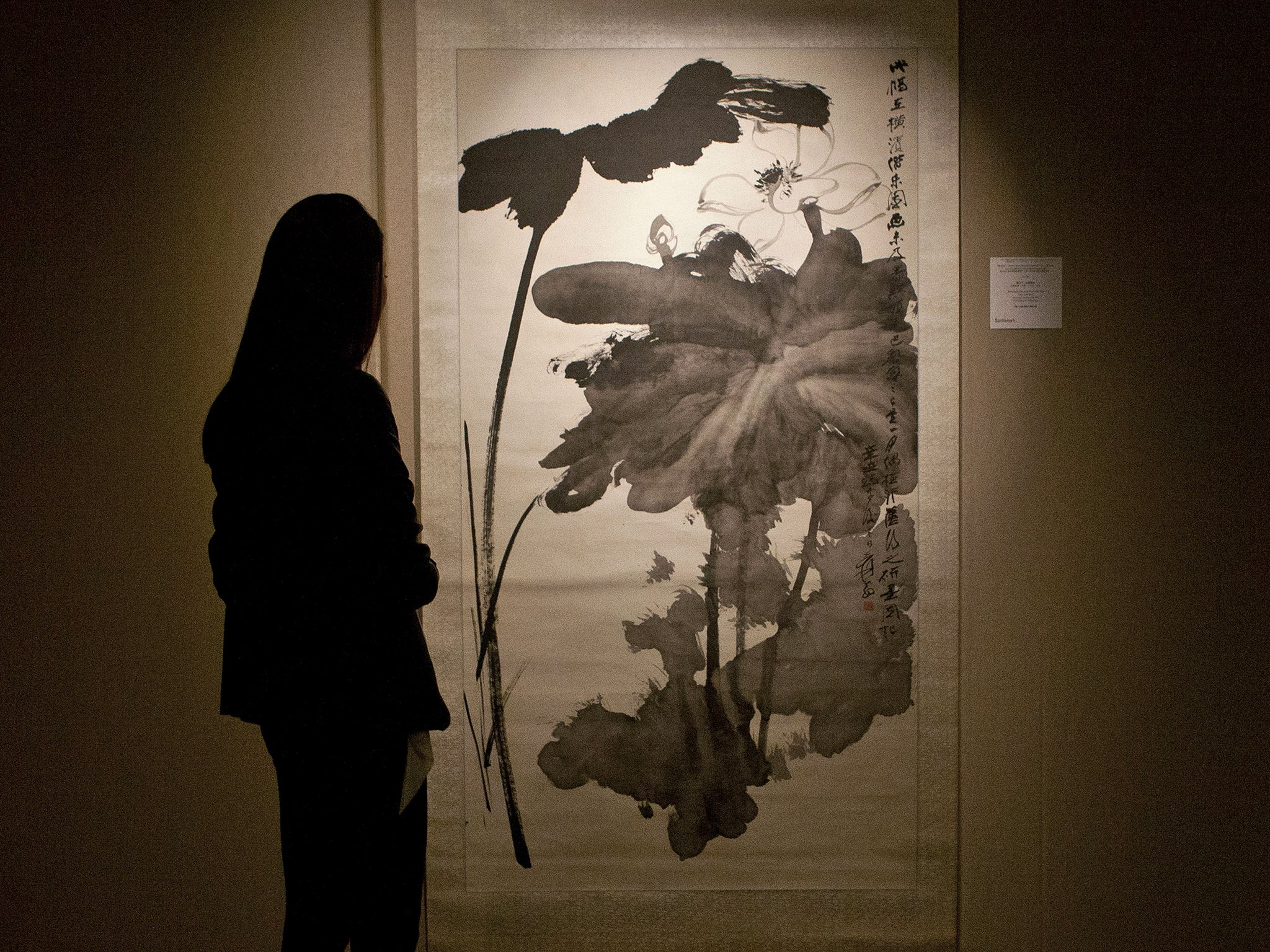Xiao Yuan: Librarian at Guangzhou Academy of Fine Arts replaced stolen works with own replicas - and amassed £3.5m in the process
The 57-year-old said he spotted fake paintings in his first day on the job and had noticed more fakes replacing his own as time went on

Your support helps us to tell the story
From reproductive rights to climate change to Big Tech, The Independent is on the ground when the story is developing. Whether it's investigating the financials of Elon Musk's pro-Trump PAC or producing our latest documentary, 'The A Word', which shines a light on the American women fighting for reproductive rights, we know how important it is to parse out the facts from the messaging.
At such a critical moment in US history, we need reporters on the ground. Your donation allows us to keep sending journalists to speak to both sides of the story.
The Independent is trusted by Americans across the entire political spectrum. And unlike many other quality news outlets, we choose not to lock Americans out of our reporting and analysis with paywalls. We believe quality journalism should be available to everyone, paid for by those who can afford it.
Your support makes all the difference.When Xiao Yuan took over as chief librarian at the Guangzhou Academy of Fine Arts he spotted a potentially lucrative sideline.
In what was described as a “phenomenally extreme act of fakery” he began stealing and selling masterpieces, replacing them with his own replicas.
Xiao is reported to have admitted removed 143 paintings from a gallery under his care between 2004 and 2006, successfully auctioning 125 of them until 2011. By swapping the landscapes and calligraphies of 17th and 20th-century Chinese artists with his own replicas, Mr Xiao amassed 34 million yuan (£3.5m) which he spent on apartments and more paintings.
The 57-year-old Chinese librarian said in court that he spotted fake paintings in his first day on the job and had noticed more fakes replacing his own as time went on. “I realised someone else had replaced my paintings with their own because I could clearly discern that their works were terribly bad,” said Mr Xiao in the two-hour hearing to Guangzhou People’s Intermediate Court.
Although he pleaded guilty to corruption, Xiao said in his defence that forgery was rampant and students and professors could take out paintings in the same way they could borrow books. Phillip Mould, an art dealer, said there was more risk involved in trying to replicate older grandmasters than modern prints.
“This is quite a high-wire act,” said Mr Mould, who presents the BBC’s art investigation programme Fake or Fortune? He added: “It is highly unlikely this would [happen] in national institutions under the scrutiny of Western art critics. It would be ludicrous.”
The paintings were Chinese rather than Western ones which handlers might otherwise have been less familiar with, Mr Mould said. Artists whose works were stolen included the influential 20th-century artists Qi Baishi, who used watercolours, and Zhang Daqian – himself a master forger – who depicted landscapes and lotuses. Also listed on the court transcript was Rock and Birds by Zhu Da, a 17th-century painter and calligrapher who used ink monochrome.
Join our commenting forum
Join thought-provoking conversations, follow other Independent readers and see their replies
Comments